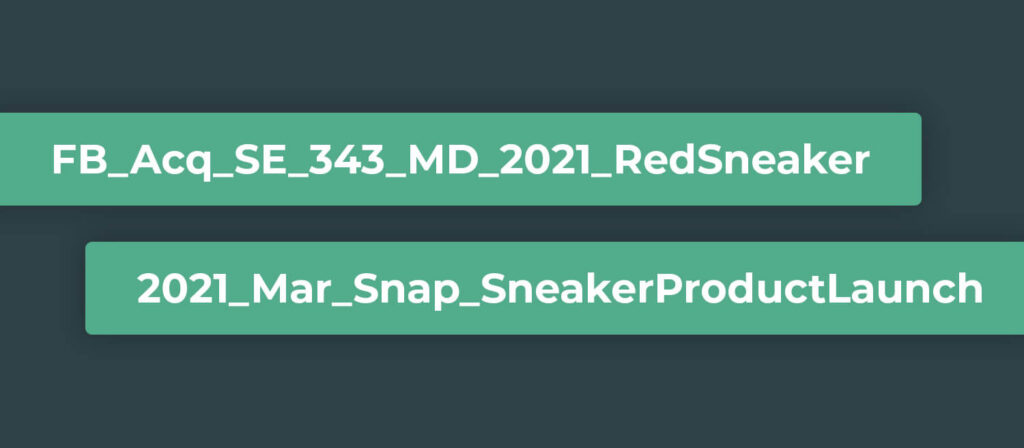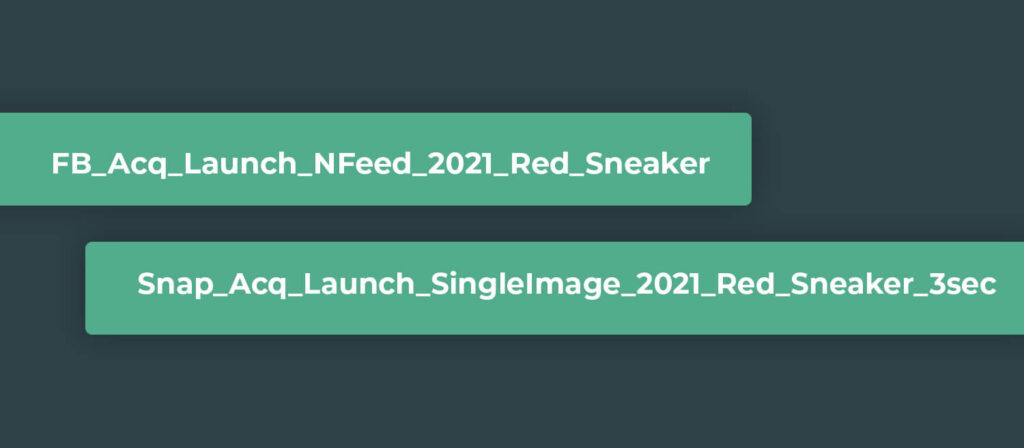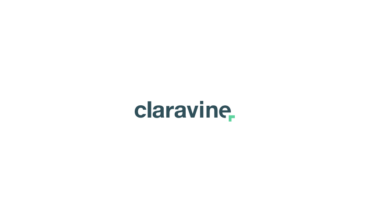Google FLoC: The Details Matter for Managing Your Own Cohorts

Update: FLoC is dead, but cohorts are far from it! Find out why they’re even more important with Google’s January 2022 announcement of its FLoC replacement: Google Topics.
Read on for cohort optimization advice that’s even more relevant today, as Google shrinks its categories from thousands (with FLoC) to hundreds (with Topics).
There is a lot of talk these last few weeks about Google FLoC which Google is framing as a privacy centric approach from 3rd party cookies but what does this mean for marketers and how does it change advertising?
Since the internet has started, the idea of a cookie has existed to store data for tracking, personalization, remembering who a user is so they don’t have to log in, and in advertising for cross-site retargeting.
Over time many companies have built entire tech stacks on the DoubleClick cookie id or another 3rd party cookie. Now the time has finally come where, along with the changes Apple has introduced with IDFA, marketers and data scientists need to rethink how they are measuring the effectiveness of their marketing efforts and cohort optimization is a new way forward.
But to make cohort marketing work, it has to have the ability to pass through walls (walled gardens, that is). Cohort-relevant data needs to be accessible and usable across and between channels and teams.
As the entire advertising industry is embarking on change by rethinking optimization techniques, the idea of cohorts is gaining momentum. While Google is controlling cohorts in Chrome, marketers should be thinking about how cohorts can be used across their marketing teams and channels. The biggest challenge to building cohorts is often overlooked and comes down to being able to link all of your different marketing tactics, ensuring everyone is in sync with objectives, naming conventions, and other key details that allow your marketing and advertising to be interconnected.
Let’s consider a Facebook ad campaign alongside a Snapchat ad. Each has a name, audience, objective, and piece of creative or video. In many instances there are two different teams creating and launching these campaigns. If a marketer were to try and understand on a given day how they were performing relative to each other and the campaign data was structured below it would be very difficult:

While these details don’t seem to matter on the surface because the Facebook team can understand performance and the Snap team can understand performance, it becomes difficult to do cross-platform optimization. You will notice there is limited information about the creative and it’s inconsistent. Is it a red sneaker in both campaigns or a different color sneaker across the campaigns?
Let’s take another example where there is alignment across the teams around the data strategy such that you can easily understand all of the same elements.

Even in this very simple example you can now see consistency and common data standards are in place all the way down to the length of time for the Snap ad. These small details are a key example of what needs to change to truly enable the next wave of advertising. For brands, they need to take control of their data standards and be able to communicate and use these standards throughout all of their teams to be agile and adaptable.
As cohort management gains traction, it is going to demand that brands have a platform to manage these requirements. Every marketer knows that the digital marketing landscape is unruly and always changing – if they don’t have a way to keep up with the continued change they will be left behind.
There are a number of platforms in the market already helping build cohorts around audiences and content – requiring a common understanding of data elements. Google is using the same algorithm which works for Google, but brands and platforms will end up using different hashing algorithms. In addition to the algorithm, your data elements will vary and audience sharing between advertisers and publishers will require a consistent standard as well.
At Claravine, we are helping our customers move faster by automating and managing their data standards so when a new way forward occurs, as we are seeing with cohort management, they can quickly adapt. Data standards have been overlooked for far too long and now with cookie and device level targeting becoming a thing of the past, aligning data, people, and technology is table stakes.
About the Author

Chris Comstock is Claravine’s Chief Product Officer and has more than 15 years in the digital marketing and data management fields – working as a consultant, brand and product leader for a variety of top companies. He now heads Claravine’s product vision.





